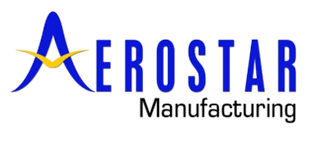The automotive industry uses CNC machining for a variety of applications.
According to Boss Magazine:
Since Henry Ford invented the assembly line to produce Ford Motors, there has been a constant striving to make the process as efficient as possible. Technology has increased an incredible amount in the subsequent decades.
These days, advances in CNC machining expertise have led to an increase in innovations in automotive design and performance. There are a few different applications of CNC machining which have led to these innovations.
Increased production speed
Much of the machining process is automated which increases production speed. Before the advances in technology, many of the machines were quite labor-intensive. For instance, the Internet of Things has helped to shave seconds off of each cycle of an order. A sensor calculates cycle time much more accurately and in real-time. Previously, engineers had to calculate cycle times by dividing the hypothetical machining time by the number of cycles. This was not at all accurate.
This saved time can help to ramp up production when there are tens or even hundreds of thousands of pieces being manufactured.
Automation
Automation is streamlining just about every aspect of the manufacturing process. CNC machines are built for automation so there is less labor needed to run the machine. Since accuracy is vital in the making of precision auto parts, automation is the only way to go.
Swiss CNC machines are able to hold the tolerance to less than a few microns. By using automation, this accuracy can be maintained with the operator there to simply make sure that programmed parameters are set. The other workers in the machine shop are able to dedicate themselves more to the design and operations type of tasks rather than running the machines.
Customization
Customization of machined parts generally comes with a long lead time. However, when using CNC machines, there is a much shorter lead time involved. When dealing with automotive frames, this is especially important as the customization is not only good for lead times but also accuracy in staying true to the design.
There are many different types of specialized CNC machines so there is an endless possibility of customizations that can be done. 5 axis machines provide a wide array of cutting tool angles that allow for a high tolerance even with highly complex shapes.
People looking to restore vintage vehicles often turn to CNC machining for this reason. Parts that are no longer manufactured can have a second life in this way.
Prototyping
Just about every piece of a car has had a prototype made before production begins in earnest. From headlight covers to gearboxes, a prototype piece is an invaluable process that helps to spot design defects or poor integration with other parts. This saves a lot of time and money during the manufacturing phase.
Since it is not a big problem to reconfigure the specs on a piece, CNC machines prove to be ideal to make prototypes and then reconfigure when necessary to switch to the production of thousands of the piece.
